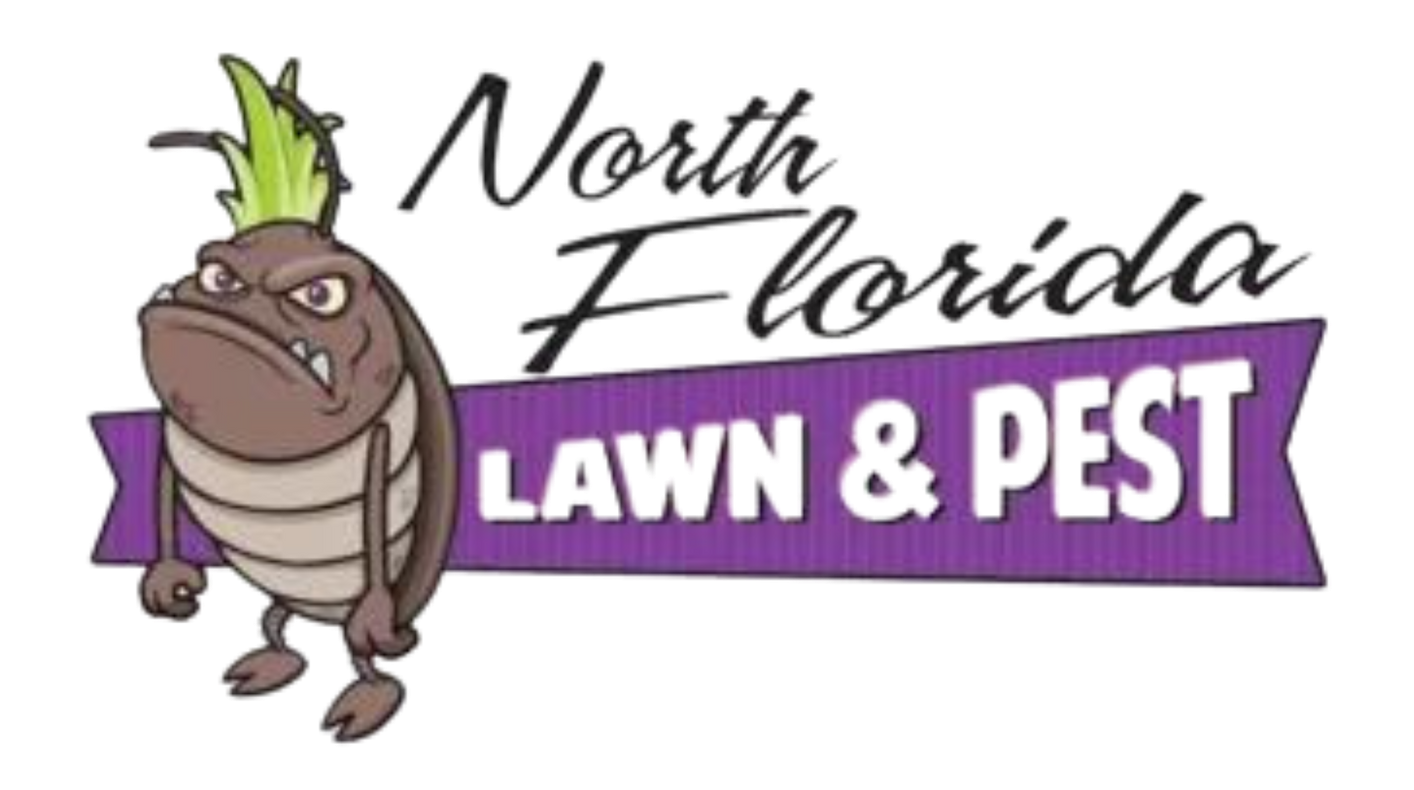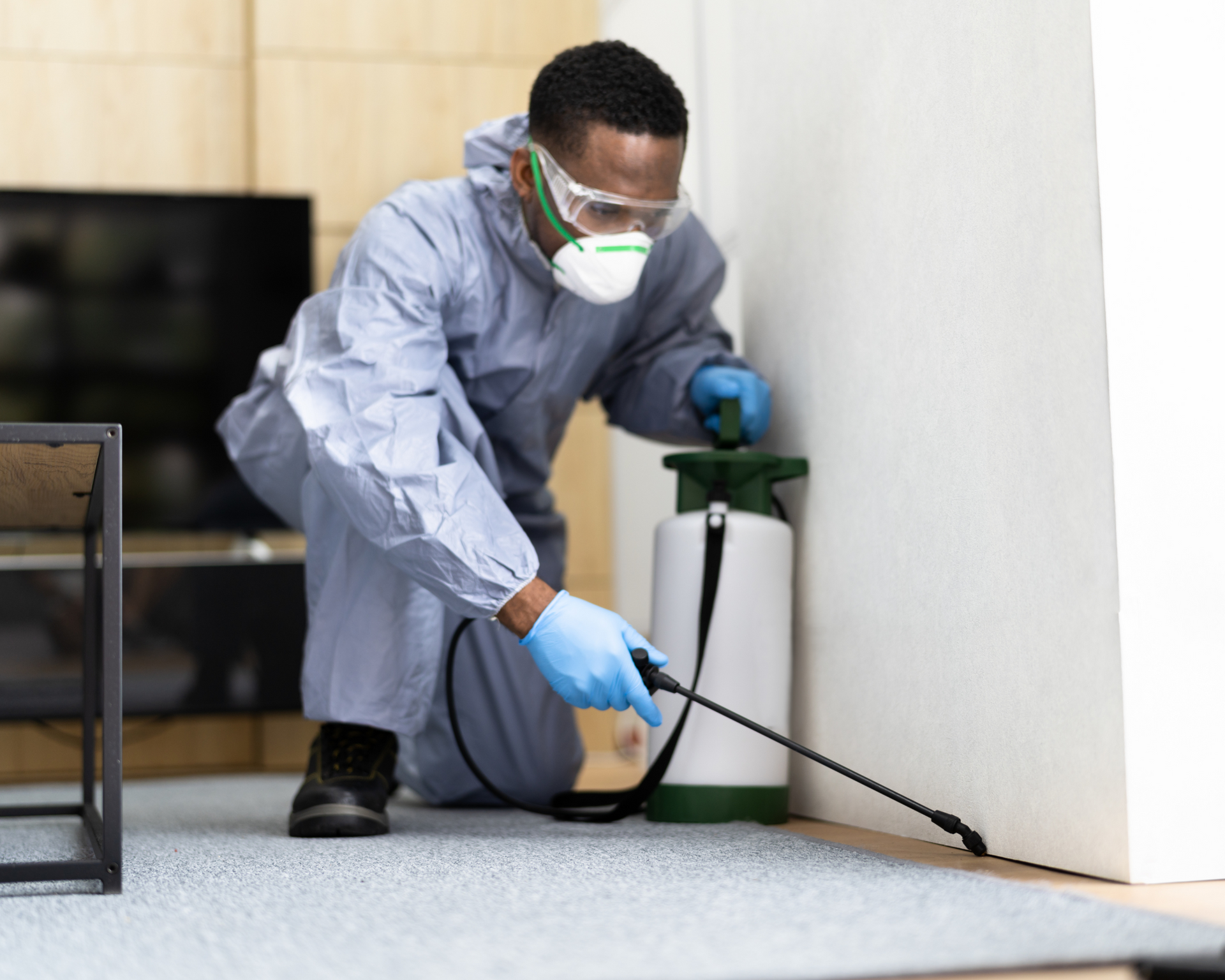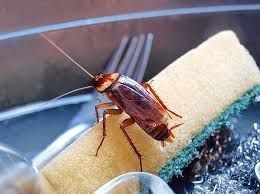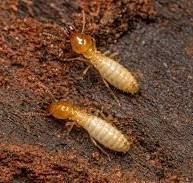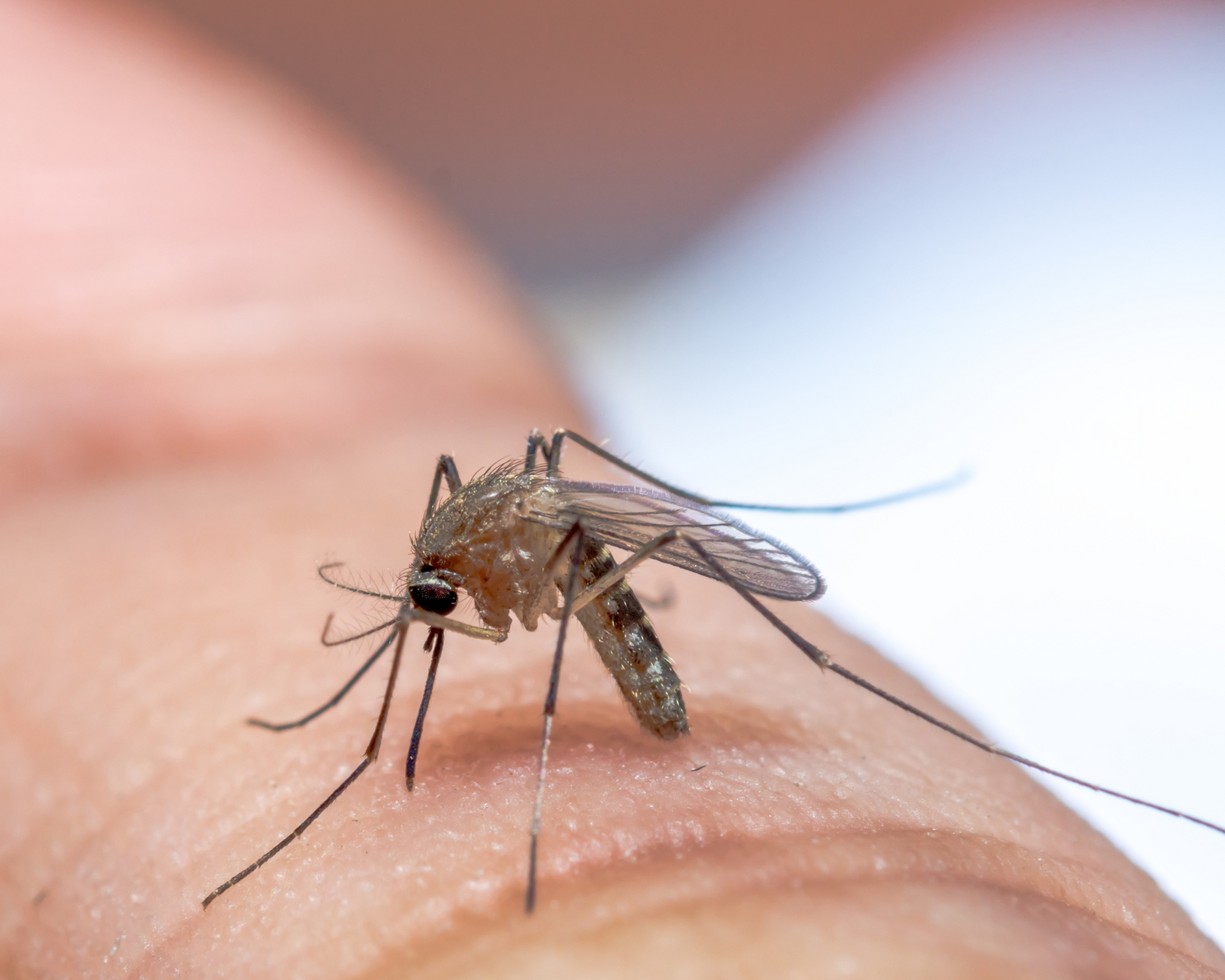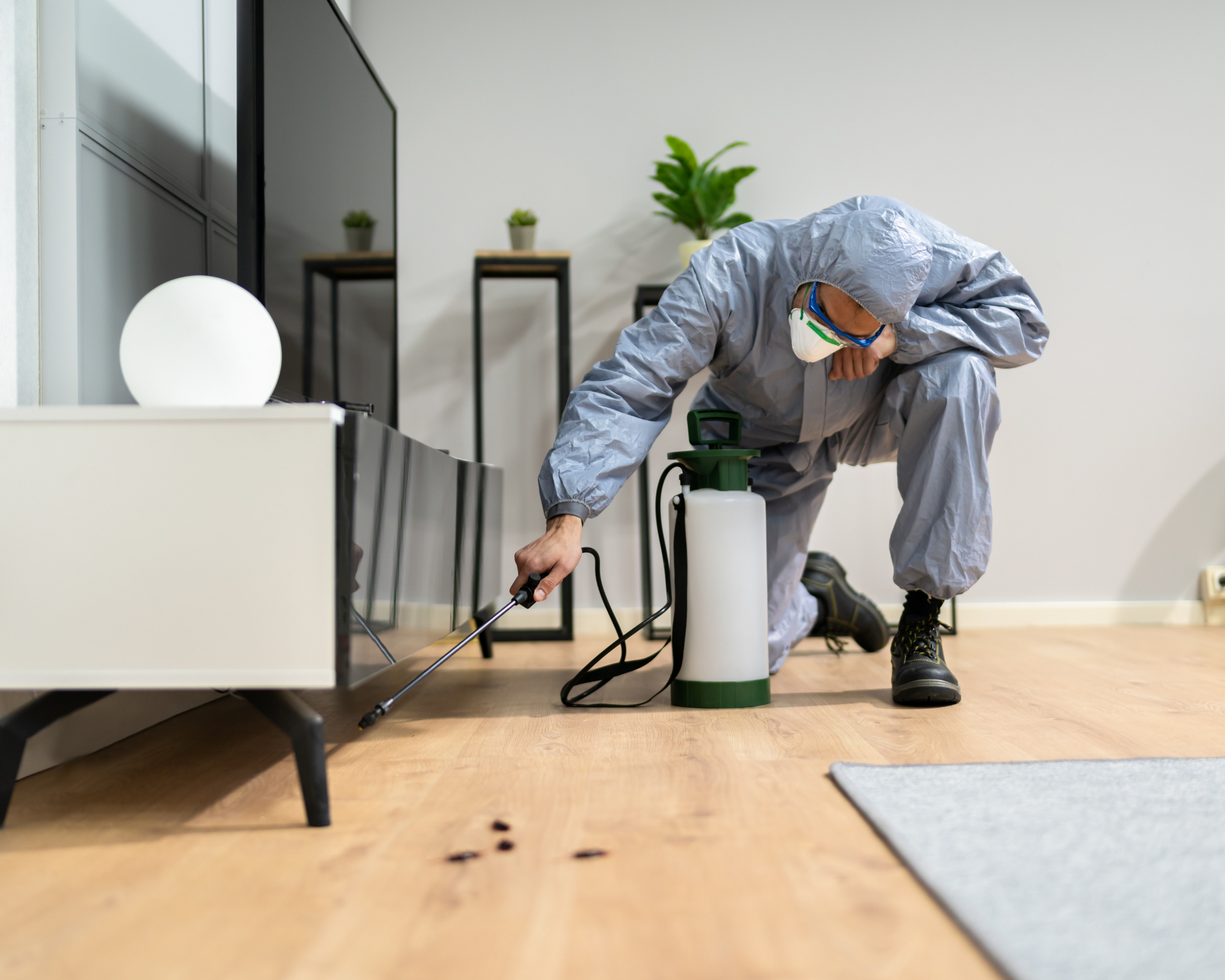Do Ultrasonic Pest Repellers Really Work?
Are Ultrasonic Pest Repellers Really Effective?
If you’ve ever dealt with pests like mice, cockroaches, or spiders, you’ve probably come across ultrasonic pest repellers as a potential solution. These small, plug-in devices claim to drive pests away by emitting high-frequency sound waves that humans can’t hear but are supposedly unbearable to pests. While they may seem like a quick fix, consulting a professional pest control service can provide more effective and reliable solutions. But do ultrasonic pest repellers really work? Let’s dive into how they’re supposed to function, what the evidence says, and whether they’re worth your money.
How Ultrasonic Pest Repellers Work
Ultrasonic pest repellers emit sound waves at a frequency higher than what humans and most pets can hear. These sound waves are intended to:
- Disrupt pest behavior: The sounds can allegedly confuse or irritate pests, making it harder for them to communicate, feed, or nest.
- Repel pests: By creating an uncomfortable environment, the device aims to drive pests away from your home.
The idea is that pests like rodents, cockroaches, and even mosquitoes will find the noise unbearable and leave the area. However, the effectiveness of these devices has been widely debated.
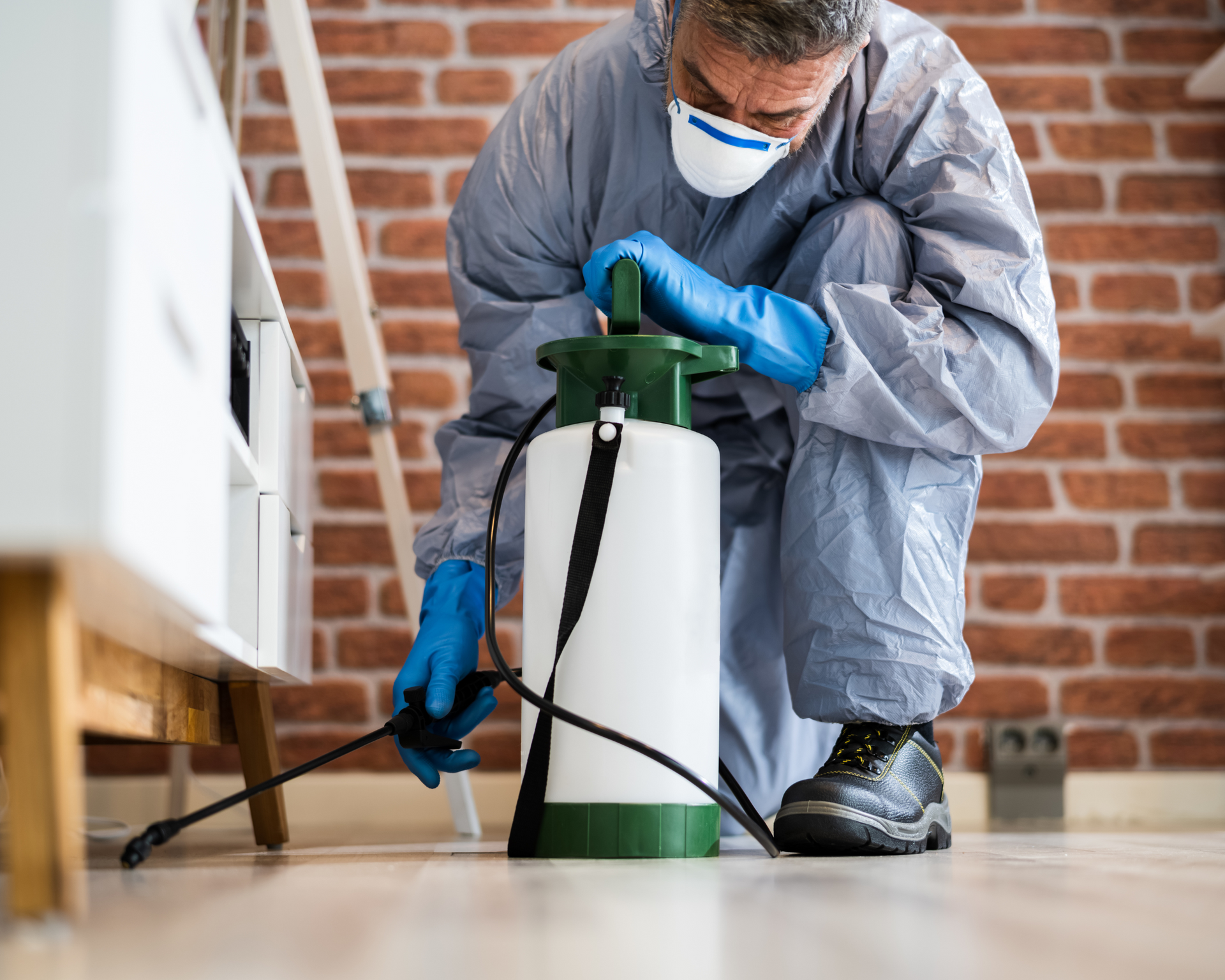
Step 1: Seal Up Your Home
Pests often enter through tiny cracks and gaps in your home’s exterior. Inspect your house for any openings and seal them up. Focus on the following areas:
- Windows and doors: Use weather stripping or caulking to seal gaps around frames.
- Foundation cracks: Repair any cracks in your home’s foundation.
- Vents and pipes: Cover vents with mesh screens and seal gaps around pipes.
A little maintenance goes a long way in keeping pests outside where they belong.
Step 2: Keep Your Home Clean
Pests are drawn to food, water, and clutter. Keeping your home clean and organized reduces their chances of settling in. Here are some tips:
- Clean up spills: Wipe up food and drink spills immediately to avoid attracting ants and other insects.
- Store food properly: Keep food in airtight containers and avoid leaving pet food out overnight.
- Take out the trash: Empty garbage cans regularly and use bins with tight-fitting lids.
- Declutter: Get rid of old newspapers, cardboard boxes, and unused items where pests like to hide.
By eliminating food and hiding spots, you make your home less inviting to pests.
Step 3: Manage Your Yard
Your yard plays a big role in keeping pests away from your home. Many pests come from outdoor spaces, so maintaining your yard is essential. Here’s what to do:
- Trim vegetation: Keep bushes, trees, and grass well-trimmed to reduce places for pests to hide.
- Remove standing water: Empty birdbaths, kiddie pools, and other containers where water collects to prevent mosquito breeding.
- Store firewood properly: Keep firewood piles at least 20 feet away from your home and off the ground to avoid attracting termites and rodents.
- Clean up debris: Rake leaves and remove fallen branches to minimize shelter for pests.
A tidy yard creates a barrier that pests are less likely to cross.
Step 4: Be Proactive with Pest Control
Sometimes, even the best prevention efforts aren’t enough to keep pests at bay. That’s why it’s helpful to have a pest control plan in place. Here are a few options:
- Seasonal pest inspections: Hire a professional to inspect your home and yard for signs of pests at the start of each season.
- Use traps and repellents: Set up traps for rodents and use natural repellents like peppermint oil to deter insects.
- Apply treatments: For persistent pests like termites or ants, consider targeted pest control treatments from a licensed professional.
Staying proactive reduces the likelihood of an infestation taking hold.
Step 5: Educate Your Family
Everyone in your household can play a part in keeping pests away. Teach kids and adults alike about simple steps they can take, such as:
- Closing doors and windows to keep bugs out.
- Not leaving food or drinks outside.
- Reporting any signs of pests, like droppings or chewed wires.
The more everyone works together, the easier it is to maintain a pest-free home.
Step 6: Know When to Call a Professional
If you’re dealing with a large infestation or pests that are difficult to remove, like termites or bedbugs, it’s best to call a pest control expert. Professionals have the tools and knowledge to eliminate pests quickly and safely. They can also provide advice on preventing future problems.
Want To Learn More? Contact Us
If you’ve ever dealt with pests like mice, cockroaches, or spiders, you’ve probably come across ultrasonic pest repellers as a potential solution. These small, plug-in devices claim to drive pests away by emitting high-frequency sound waves that humans can’t hear but are supposedly unbearable to pests. While they may seem like a quick fix, consulting a professional pest control service is often the most effective way to address pest issues. For reliable solutions, don’t hesitate to contact us and let the experts handle it.
Like this post? Share it here...
